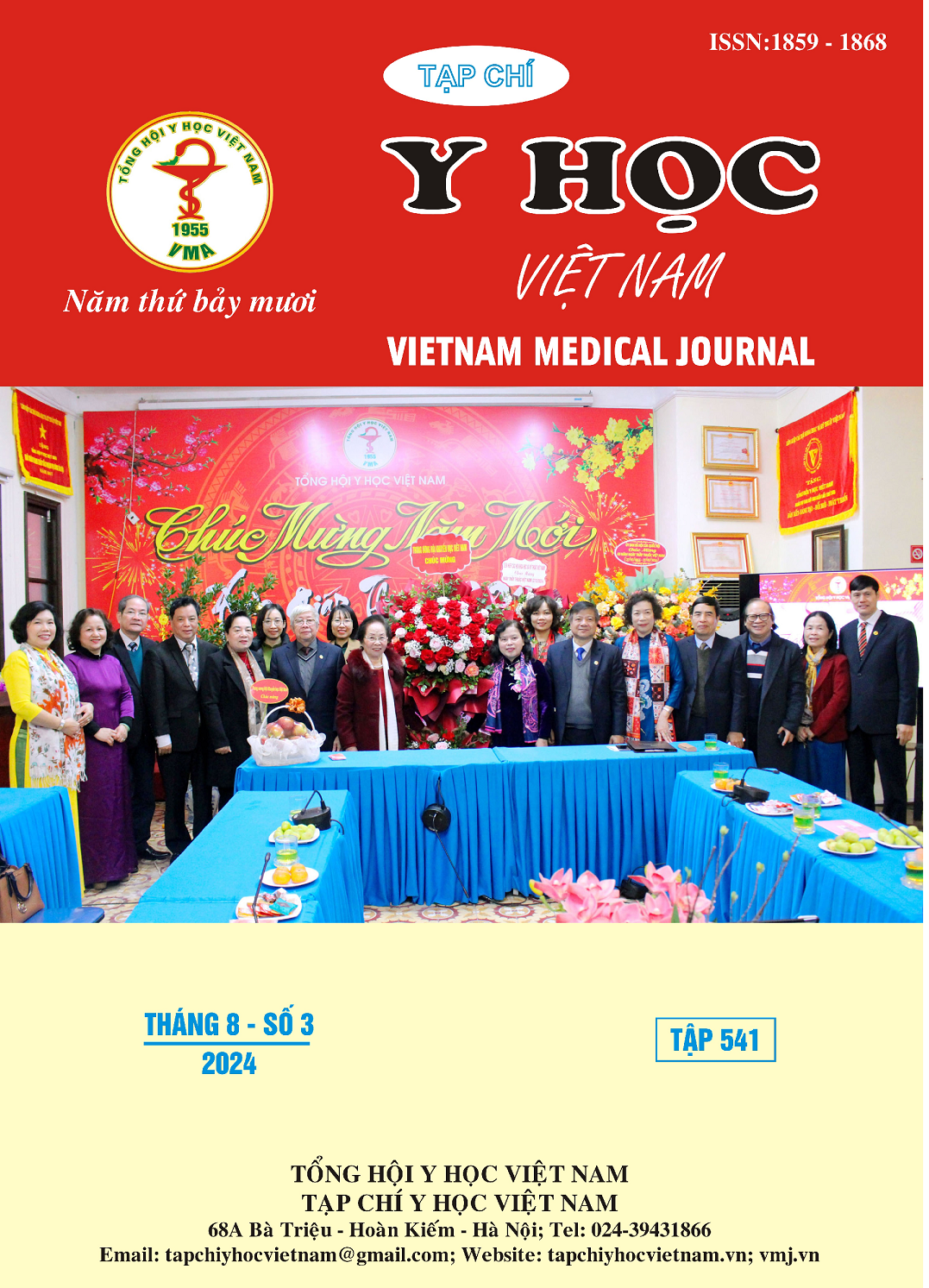A PILOT RANDOMIZED CONTROL TRIAL TO ASSESS THE EFFECTIVENESS OF LIDOCAIN 10% SPRAY IN REDUCING PAIN CAUSED BY INTRAVENOUS INTUBATION
Main Article Content
Abstract
Objectives: Explore the feasibility and initial effect of Lidocaine spray on relieving local pain caused by intravenous intubation among women before C-section. Methods: Participants were assigned randomly into Group 1 (intervention group) or Group 2 (control group). Participants in group 1 received 3 sprays of 10% Lidocaine before the intravenous intubation while participants in group 2 received 3 spays of sterile water. A 100mm Visual Analogue Scale (VAS) was used to record the pain intensity directly after intravenous cannulation by the subjects. The recruitment rate, adverse events, and success rate of IV cannulation were also reported. Results: The trial was feasible. The results indicated that the spray 10% Lidocaine had clinical significance in reducing the pain caused by intravenous intubation among women before C-section. The VAS score in the intervention group was statistically lower than in the control group (p<0.01).
Article Details
Keywords
pain, Lidocaine, VAS, women, C-session, intravenous.
References
2. Alan N. and Khorshid L (2022). Evaluation of efficacy of Valsalva maneuver during peripheral intravenous cannulation on pain. Pain Management Nursing, 23(2), 220-224.
3. Lescop K., Isabelle J, Paolo D, et al (2021). The effectiveness of the Buzzy(Ⓡ) device to reduce or prevent pain in children undergoing needle-related procedures, The results from a prospective, open-label, randomised, non-inferiority study. Int J Nurs Stud, 113, 103 - 803.
4. Datema, J., J. Veldhuis, and J. Bekhof (2019). Lidocaine spray as a local analgesic for intravenous cannulation, a randomized clinical trial. Eur J Emerg Med, 26(1), 24-28.
5. Kartufan, F.F.J.B.R.I., (2022). Padded Dressing with Lidocaine HCL for Reducing Pain during Intravenous Cannulation in Adult Patients, A Randomized Controlled Clinical Trial.
6. Dalvandi, A., Hadi R, Maryam H et al., (2017). Comparing the effectiveness of vapocoolant spray and lidocaine/procaine cream in reducing pain of intravenous cannulation, A randomized clinical trial. The American Journal of Emergency Medicine, 35(8),1064-1068.
7. Oh, Y. and H. Jeong (2017). Effects of lidocaine spray on pain and anxiety in patients administered a contrast medium during vein puncture. Int J Bio-Scie Bio-Technol, 2017. 8, 73-82.
8. Park, D., Ji Yeong G, Ji Young Y (2007). A Study to Evaluate the Efficacy of 9.6% Lidocaine of Local Anesthesia for Pain Reduction of Venipuncture in the ED. Journal of Trauma and Injury, 20(2), 115-118.


